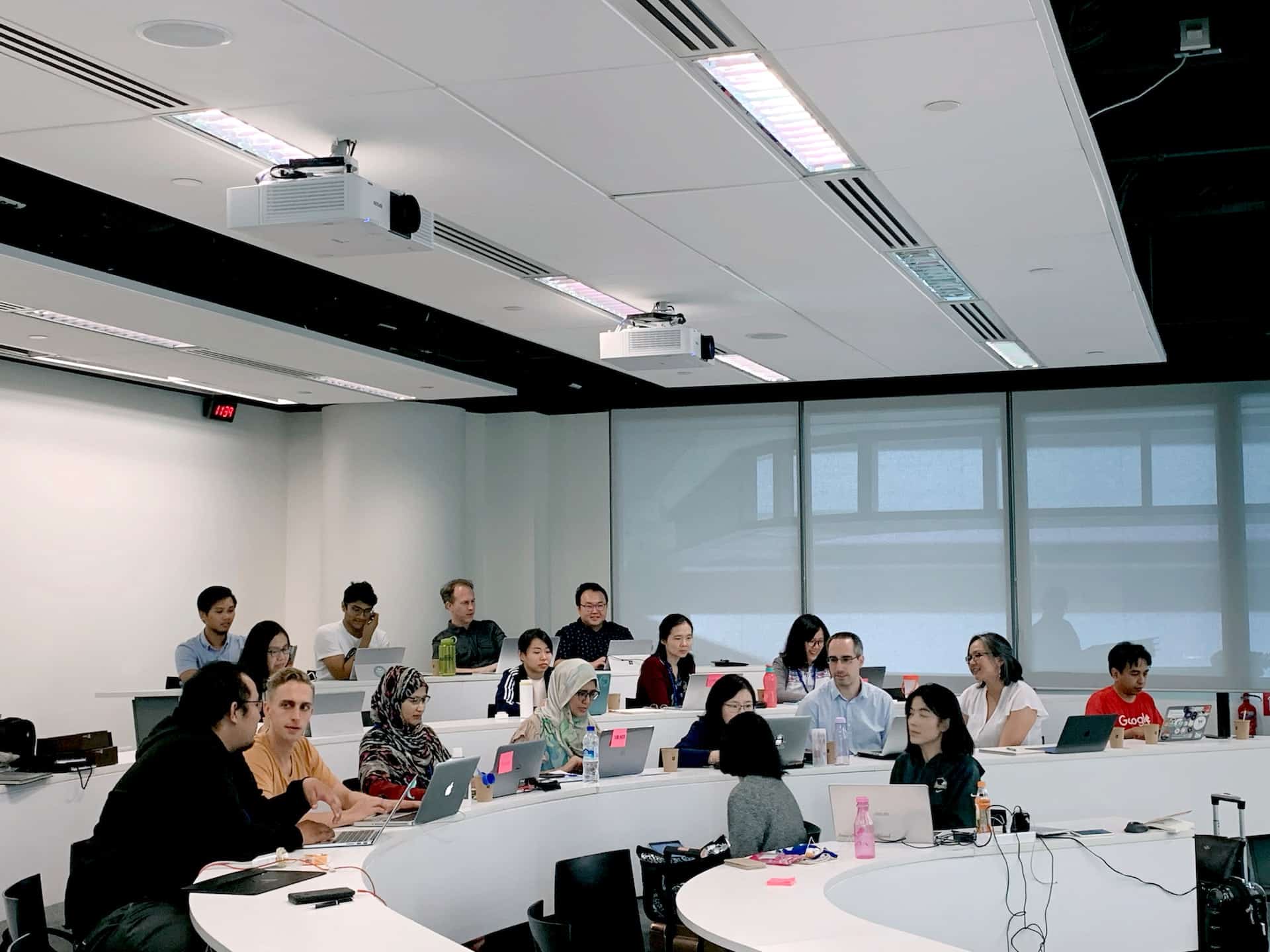It is no secret that technology has profoundly impacted every aspect of our lives, including education. While many believe technology has improved education, some feel it has had a negative effect. Experts like Ethan Putterman in Miami, Florida, say there are many ways technology has impacted education, both positive and negative. Let’s take a look at some of the ways technology has changed teaching.
IMAGE: UNSPLASH
The Impact Of Technology On The Way Students Learn
Ethan Putterman says the way students learn has changed dramatically in recent years, thanks to the growing role of technology in the classroom. From laptops and tablets to smartphones and online resources, there are now more ways than ever for students to access information and connect with their peers. As a result, classrooms have become more interactive and dynamic, and students can take a more active role in their learning.
Of course, technology has its drawbacks, and some students can become too reliant on electronics. However, when used properly, technology can be a powerful tool for promoting student engagement and success.
The Use Of Technology In The Classroom
Technology has become increasingly prevalent in recent years, and its use has become increasingly commonplace in various settings, including the classroom. While there are many benefits to incorporating technology into the educational process, there are also some potential drawbacks. One of the significant advantages of using technology in the classroom is that it can provide a more engaging and interactive learning experience for students.
For example, rather than simply listening to a lecture or reading a textbook, students can now use computers, tablets, and smartphones to access multimedia content, participate in online discussions, and complete virtual assignments. This can make the learning process more dynamic and engaging. However, there is also the risk that students will become too reliant on technology and unable to function correctly without it.
In addition, there is the potential for students to be distracted by technology during class time. While some potential risks are associated with using technology in the classroom, many benefits make it an invaluable tool for educators.
How To Integrate Technology Into Your Teaching Style
Ethan Putterman says that technology can play a role in your classroom regardless of what subject you teach. From simple tools like calculators and computers to more sophisticated devices like tablets and smartphones, technology can help you engage your students and make learning more interactive. Of course, integrating technology into your teaching style doesn’t have to be complicated. Below are a few tips to get you started.
First, ensure you’re familiar with the technology you want to use. There’s no need to be an expert, but it’s essential to know the basics to troubleshoot if something goes wrong. Second, start small and build up slowly. If you’re uncomfortable using technology for all aspects of your lesson, start by incorporating it into one or two activities.
You can always add more later. Finally, be sure to take advantage of all the resources that are available to you. Plenty of online tutorials and support groups can help you master the technology you’re using.
By following these tips, you can easily integrate technology into your teaching style without feeling overwhelmed.
The Benefits Of Using Technology In Education
Technology can help facilitate collaboration, communication, and knowledge sharing. It can also offer new ways to engage students in learning. Online resources can be used to supplement traditional classroom instruction.
Online learning can give students more flexibility regarding where they learn. In addition, technology can help level the playing field for students from different socio-economic backgrounds. Providing access to resources and information can close the achievement gap. Technology can play an essential role in supporting educational equity.
The Challenges Of Using Technology In Education
Ethan Putterman says technology has revolutionized our lives, work, and play. However, its impact on education has been somewhat mixed. While technology can be a valuable asset in the classroom, it can also present some challenges. One of the biggest challenges is keeping students engaged. When laptops and smartphones are so easily accessible, it can be challenging for students to pay attention in class.
Additionally, technology can be a distraction for both students and teachers. It’s not uncommon for teachers to deal with technical issues in the middle of a lesson.
And finally, there’s the issue of cost. Technology is not cheap, and schools often have to make tough choices about where to allocate their limited resources. Despite these challenges, technology is still an essential part of education. When used effectively, it can help students learn more effectively and efficiently.
Conclusion
The use of technology in education is a controversial topic. Some believe that technology hurts the way students learn, and some believe that technology is the key to unlocking the potential of every student. Despite the challenges, the benefits of using technology in education outweigh the risks. With careful planning and preparation, teachers can successfully integrate technology into their teaching style and help their students reach new heights.
IMAGE: UNSPLASH
If you are interested in even more technology-related articles and information from us here at Bit Rebels, then we have a lot to choose from.


COMMENTS